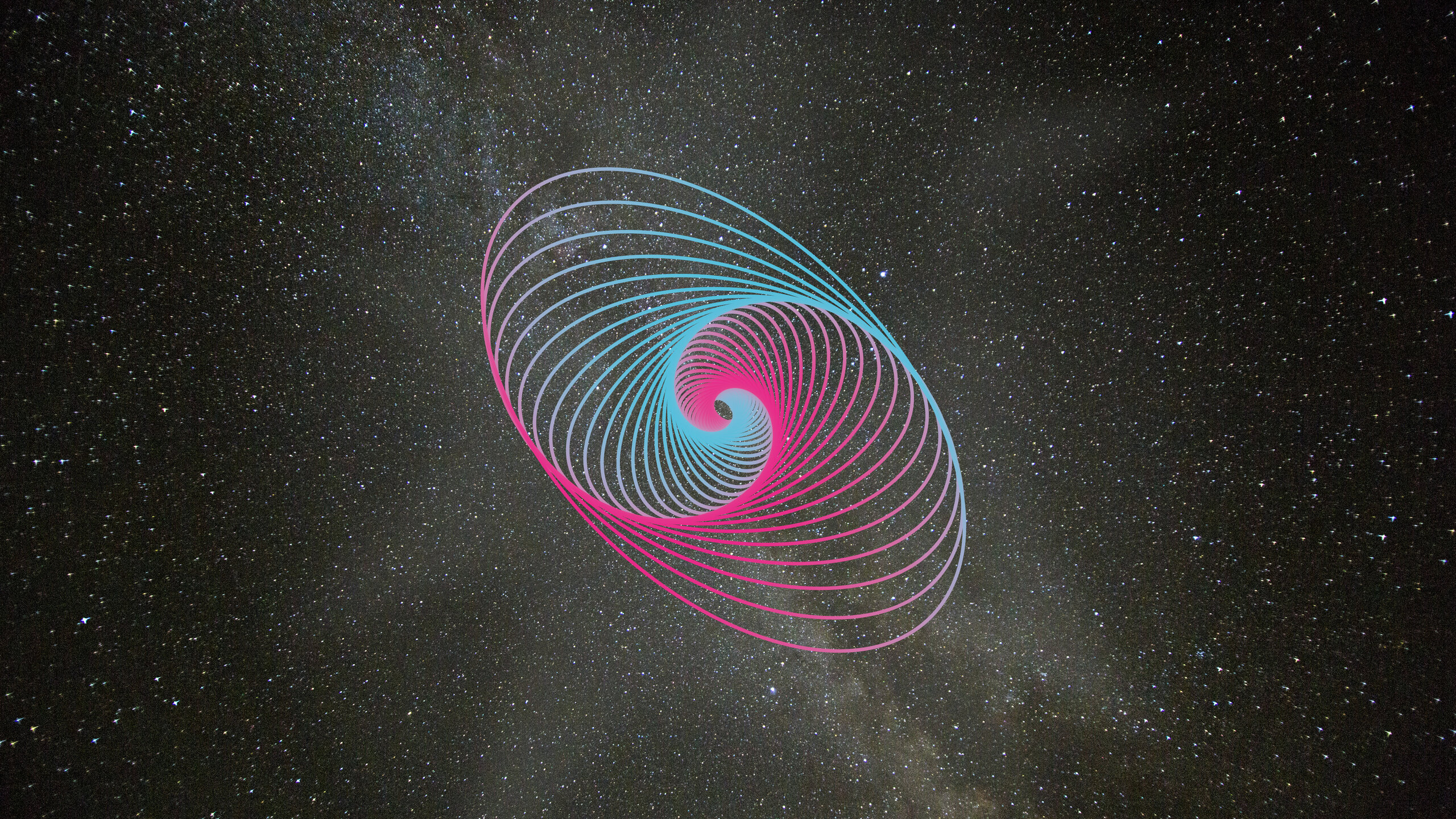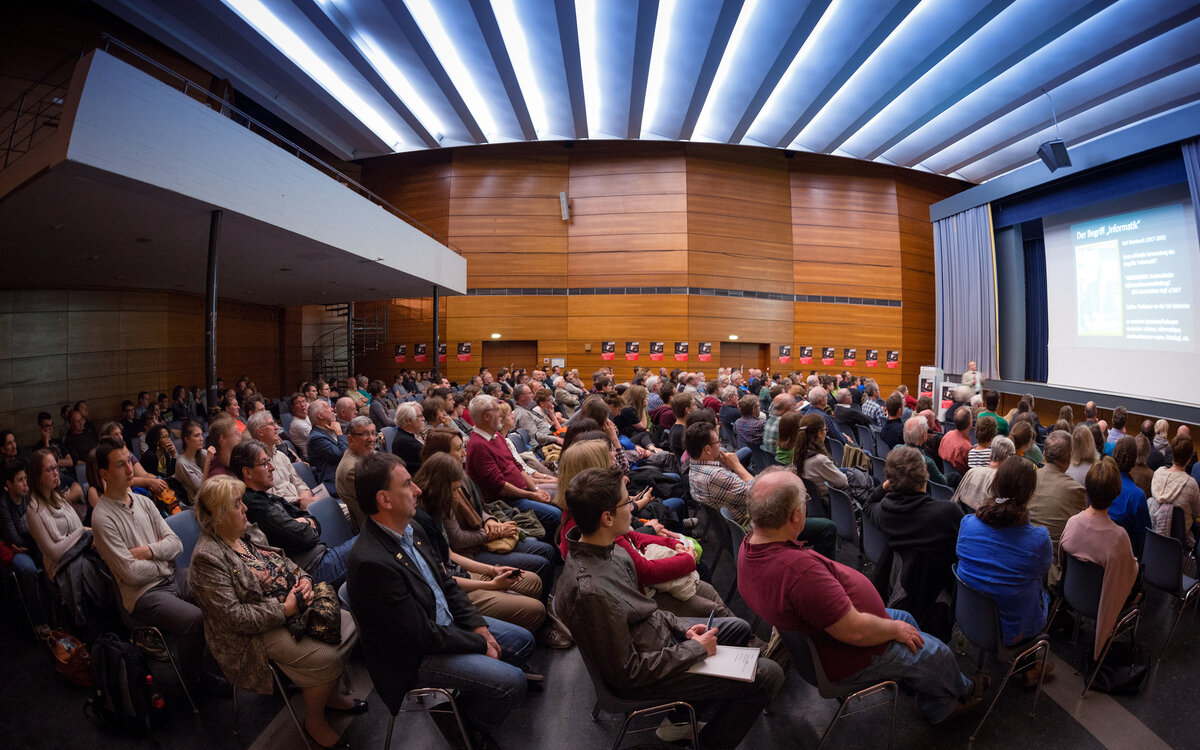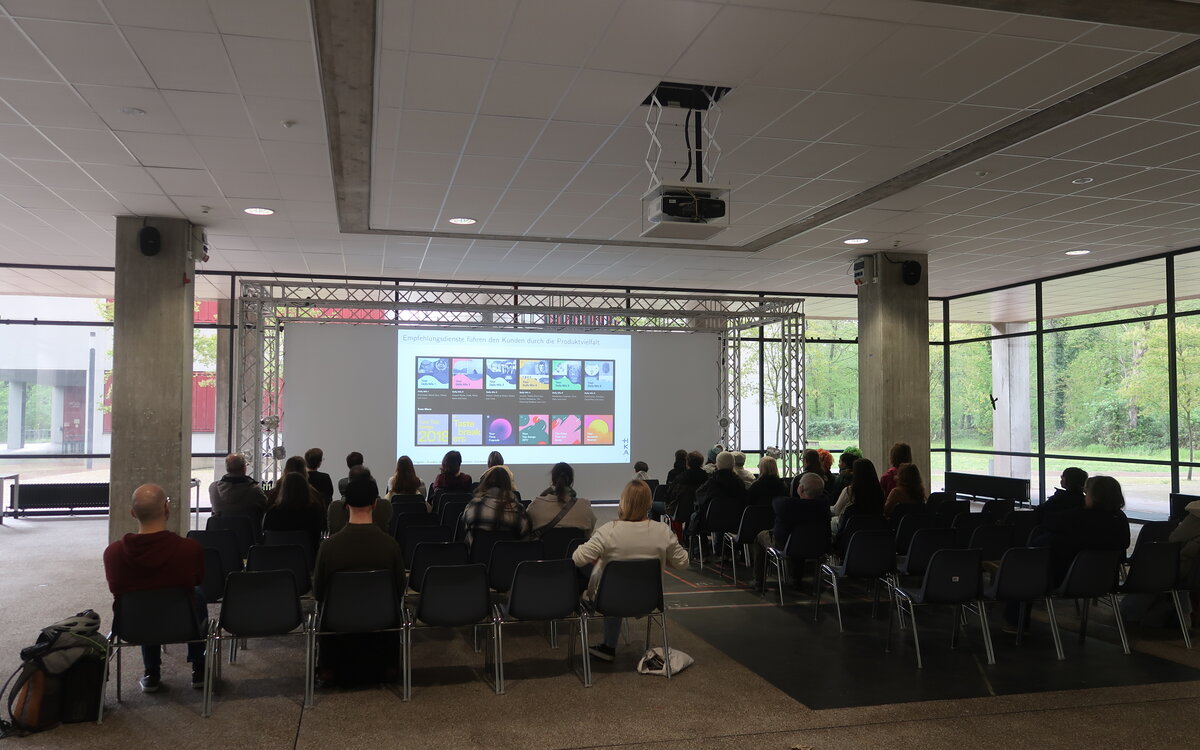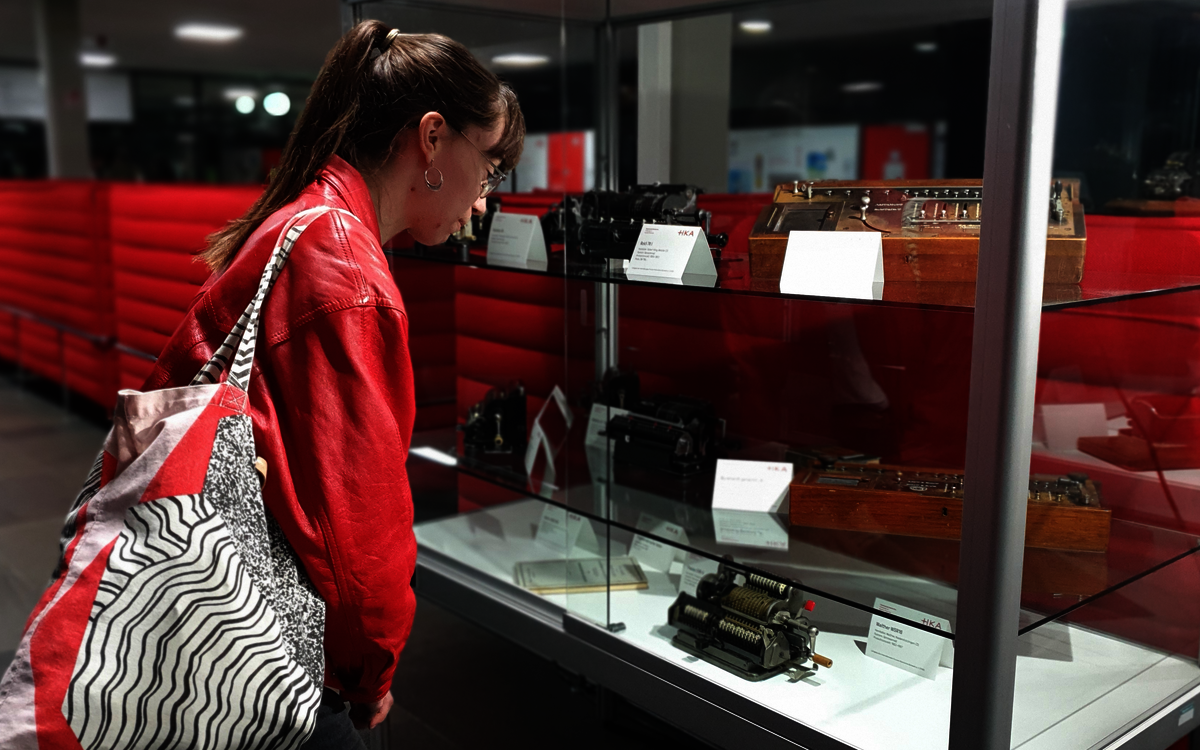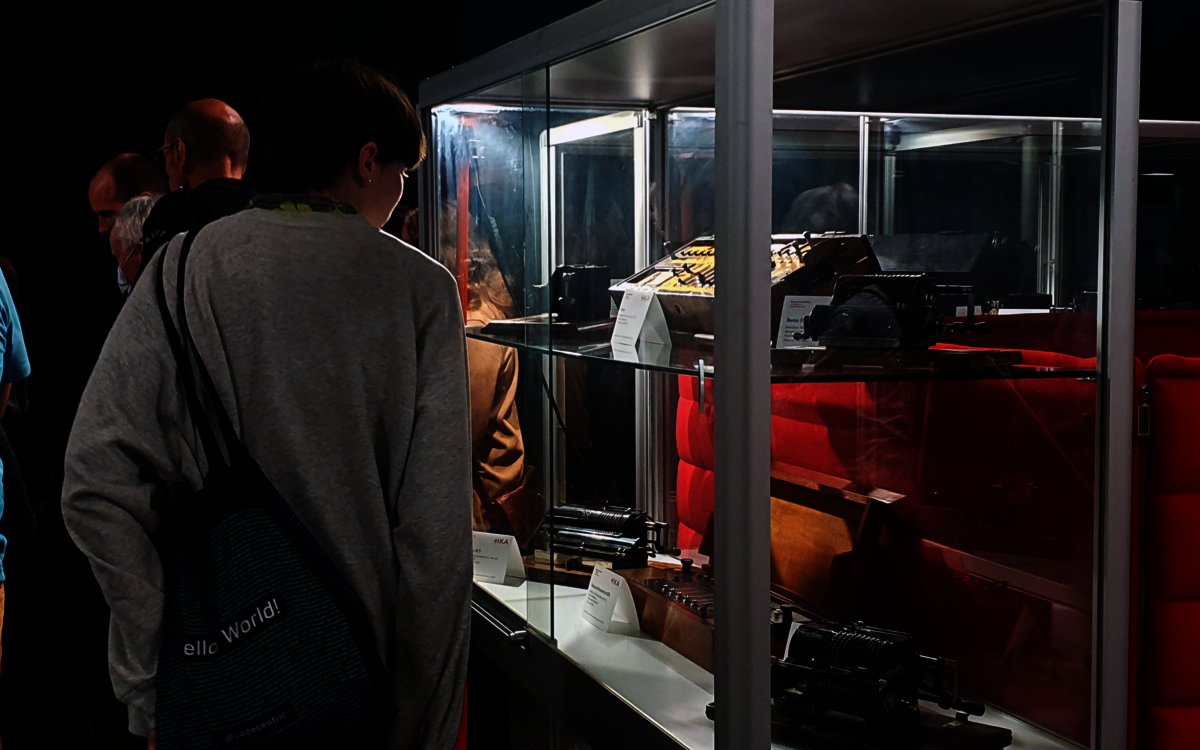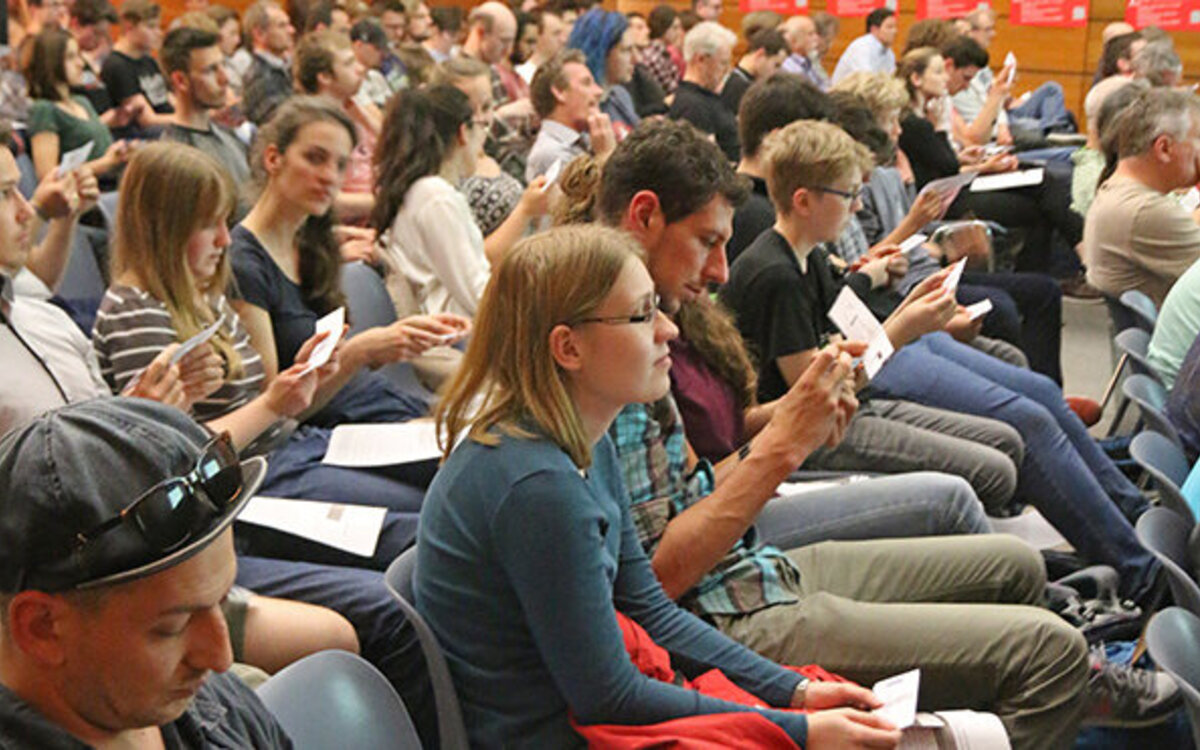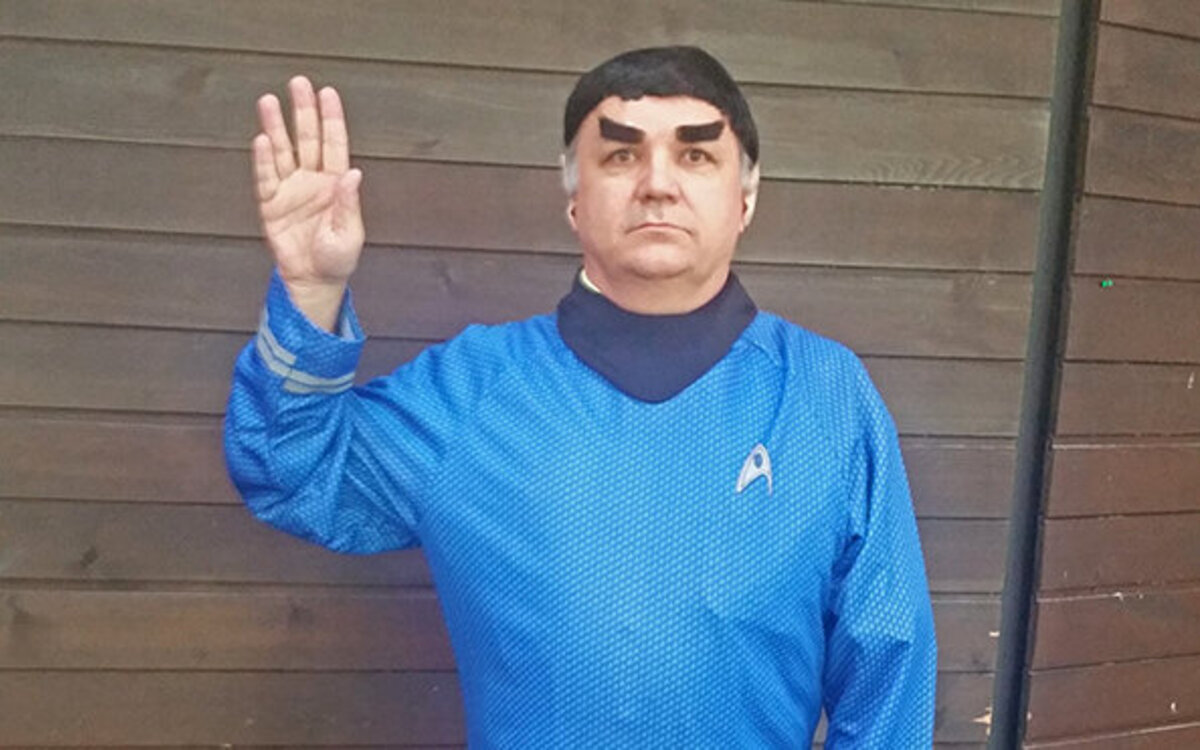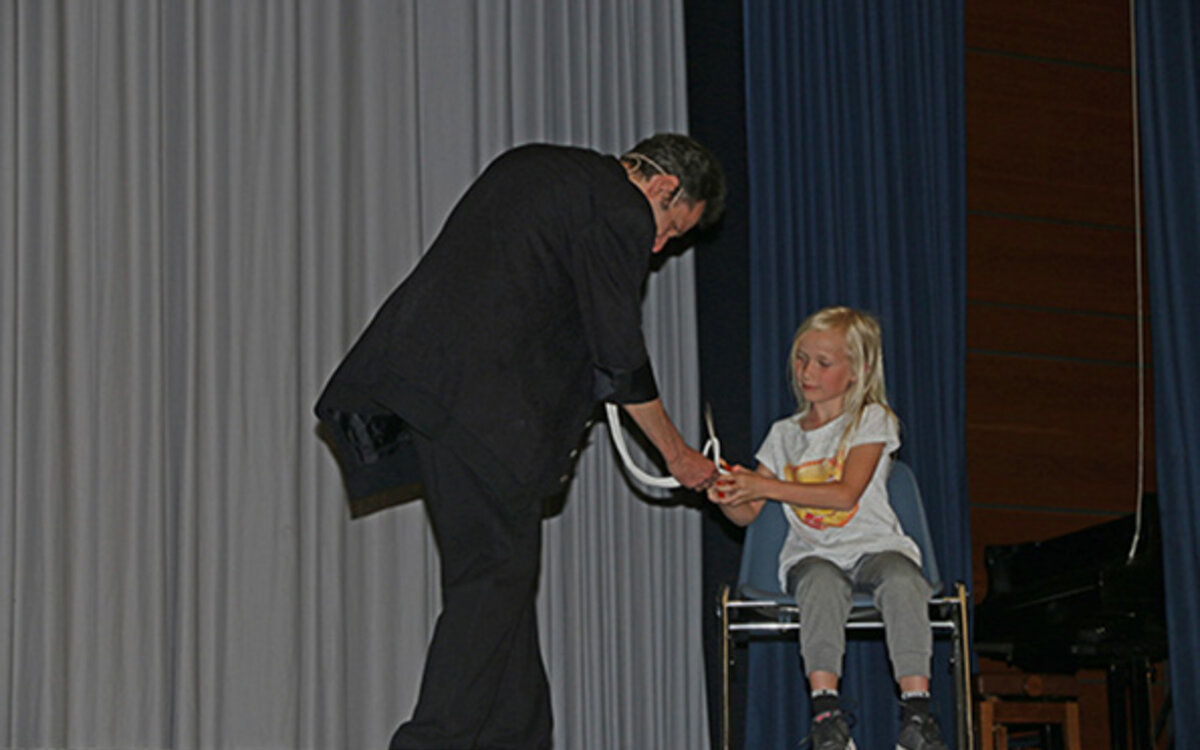11th Long Night of Mathematics on April 4, 2025
Fri, 4 April 2025 | 3 p.m. until midnight
HKA - Karlsruhe University of Applied Sciences | Building B, Foyer on the ground floor
On April 4, 2025, from 3 p.m. until midnight, everything at the HKA will once again revolve around mathematics. Every two years, professors at the university demonstrate the many facets of this universal science in their contributions to the program. The topics are presented in a didactically understandable way. The event, which is well-known beyond the city limits of Karlsruhe, is not only aimed at math enthusiasts, but also at school pupils, prospective students and, last but not least, math skeptics, in order to dispel any reservations they may have.
Admission is free. The event is barrier-free.
Prof. Ralph Pollandt also deals with very practical questions in his presentation Check! Check digits vs. number crunching. Why do credit cards and IBAN numbers contain check digits? Which algorithms help to avoid transposed digits? This article shows how mathematics ensures security in the digital world.
The lecture presents the basic idea of the Cordic algorithm. With the help of cleverly designed rotations of vectors on the unit circle, numerical values of trigonometric (and other) functions can be calculated elegantly. This method was and is used in many pocket calculators, but also in control units etc.
If you choose any 4-digit number and sort the digits of this number once from large to small, then from small to large, and then form the difference between the two resulting numbers, you get a new number. If you carry out this procedure repeatedly, after a surprisingly short time you will come across a value that no longer changes, the so-called Kaprekar constant.
In Arabia and later in Europe at the beginning of the modern era, three more perfect numbers and two more pairs of friendly numbers were discovered. Leonhard Euler found the eighth perfect number and made a great contribution to the friendly numbers. In the period that followed, progress was slow. It was not until the development of powerful computers that huge perfect numbers and an enormous number of friendly numbers were found, to which the sociable numbers were finally added.
Our thinking is full of intuitive shortcuts that help us in everyday life, but often lead to systematic errors in reasoning. Based on Daniel Kahneman's work Fast Thinking, Slow Thinking, the lecture shows how cognitive biases arise and how they impair our judgment. With the help of mathematical tools such as probability and statistics, we can recognize and avoid these traps. The lecture also sheds light on how fake news exploits these thinking errors to make misinformation appear credible.
The aim: to raise awareness of how mathematics and rational thinking can help us make better decisions in a world flooded with information.
The lecture shows connections between two seemingly contradictory disciplines, mathematics and the visual arts. Historical and modern examples will be used to show how mathematical concepts have significantly influenced the visual arts and continue to do so. From Renaissance painting to the art of M.C. Escher and contemporary art, mathematics is not only the basis but also the source of artistic inspiration. The lecture invites you to look at mathematics from an aesthetic and artistic perspective.
A federal constituency where it was better for the leading party to lose votes in 2005.
A Nobel Prize winner who searches for a fair electoral system and finds something completely different.
An ancient lawyer who shows how the voting process influences a court case:
The mathematics of elections is full of interesting and paradoxical aspects.
The lecture explains how to agree on a type of coffee, when more votes lead to fewer seats in parliament and the limits of the underlying theory.
When definitions or algorithms contain themselves, we speak of recursion.
If you take a selfie standing between two mirrors, you can see on the picture how you take a picture on which you take a picture on which you take a picture ... and so on. This is also recursion. In computer science, it can be used to program compact algorithms and in mathematics it can be used to make many elegant definitions. Recursion can also be found in many places in nature, in sunflowers, ferns and in the reproduction of rabbits. If you want to find the origin of an image that shows itself, you let the light run backwards, and if you want to know how rabbits reproduce, you let the rabbits run backwards.
The earliest sunset in 2025 falls on December 11, although the winter solstice and therefore the shortest day does not occur until December 21. What is the cause of this surprising phenomenon? The lecture compares the mean solar time measured by our clock with the true solar time based on the current constellation between the sun and the earth. The elliptical shape of the earth's orbit around the sun and the inclination of the earth's axis result in a deviation between our measured time and the real solar time that we observe every day.
Machine learning is the technology on which all current AI systems are based. But what does it actually mean that "machines learn" and how does it all work? To answer this question, we travel back more than 200 years and look at how the young Carl Friedrich Gauss developed the mathematical tools that make today's AI systems possible while trying to find a dwarf planet.
Humans develop new concepts through experience and creativity, while language models only combine linguistic patterns and have no real understanding. To improve this, haptic sensors such as artificial fingertips could help language models to grasp concepts through their own experiences in a double sense. The presentation will show how the language model ChatGPT 4o can interpret the pressure signals of a virtual finger and derive sensory experiences from them. The pressure signals are modeled as a mathematical function, transmitted to the language model and interpreted by it. A particular focus is on the question of whether the language model classifies pointed or sharp objects as dangerous - without prior training. Initial results from a successful dialog with ChatGPT 4o show promising approaches.
Computers are good with numbers but bad with language - this no longer seems to be true since ChatGPT. But why is this the case and how can machines understand language? Behind modern language models like ChatGPT are surprisingly simple but powerful mathematical concepts. This talk offers insights into the fascinating world of word embeddings, which represent words as points in high-dimensional vector spaces, and shows how Large Language Models (LLMs) work on this basis. We shed light on how mathematics makes meaning tangible, the role of probabilities and linear algebra, and how transformer architectures model language in context. We clearly demonstrate how language AI works, where its limits lie and what challenges its development entails.
We set off on a trip around the world, with just our finger on the map, of course.
We fly from Karlsruhe to Mexico, to Johannesburg and on to Hawaii, Cairo and Rio de Janeiro... But something is wrong with the world map. Why does the world map contain errors? And can these errors be avoided? Let's try to create a world map using mathematical methods...
Impossible objects are fascinating and there are many examples online - the Penrose triangle is even used as a symbol for God. Impossible objects provoke paradoxes or even antinomies - challenges for thinking that require philosophical answers.
Russell's antinomy with logically impossible objects, such as the Russell class, shakes the belief in the non-contradiction of mathematics and has destroyed Frege's attempt to justify arithmetic. We will discuss such examples.
